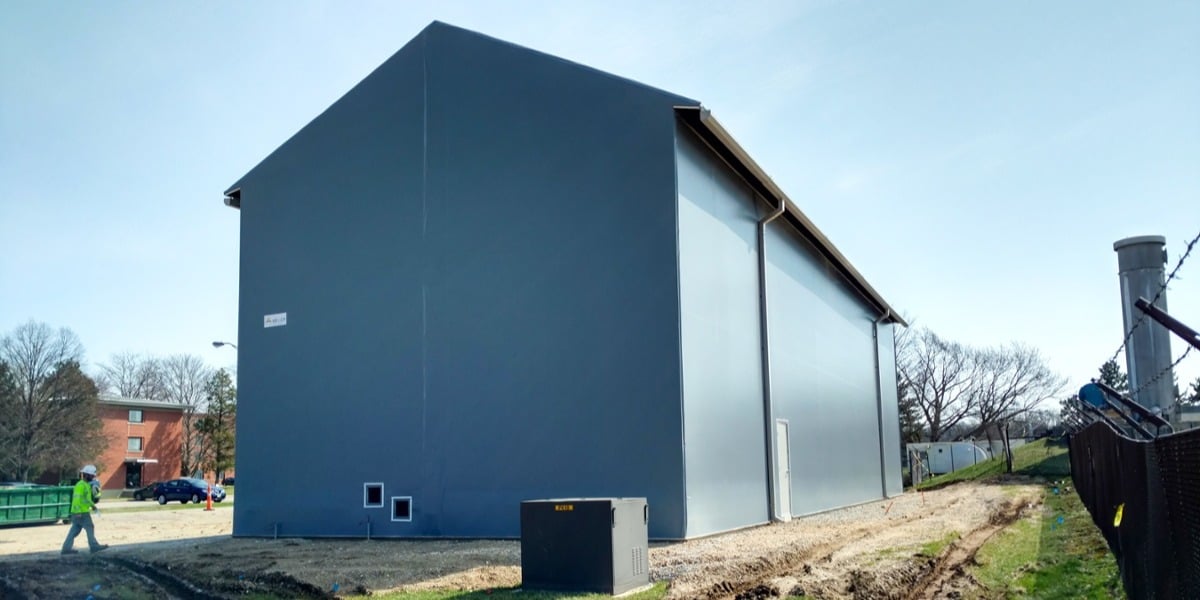Answers from the Engineer: Extreme Environment & Climate Questions

In this blog series “Answers from the Engineer", our panel of fabric structure experts will answer questions from engineers and architects submitted during a recent webinar regarding fabric structures. Today’s questions address extreme environment and climate concerns.
Q. Are fabric structures suitable for earthquake-prone areas?
Yes, fabric structures are designed for seismic loads just like any other structure. With our overall structure having less dead load overall, the seismic lateral and longitudinal forces should be smaller as well.
Q. Can fabric structures be permanent buildings to resist 110 mph wind speed exp-C?
Yes. Whatever your area wind speed is we will design the structure around those loads in addition to other environmental loads.
See a case study of a fabric structure designed to 110 mph windspeed load.
Q. What happens to the fabric in -40 degrees Fahrenheit weather?
The fabric is designed to withstand and perform in natural weather temperatures that occur around the world. The normal ranges would be from -40 degrees F to +125 degrees F.
Q. In terms of magnitude, is there any significant difference between the wind load of a fabric building and a comparable metal building?
No real difference in magnitude. You will find that because we are using loads driven by ASCE7 for load determination that the horizontal, vertical and uplift vertical forces will be nearly identical.
Q. Follow-up question on the wind load: By order of magnitude, I refer to load in pounds per square foot. I am for example used to seeing about 20 lbs/square foot for wall loads in a low rise, 90 mph wind zone. How does fabric compare (locally or on the MWFRS)?
The wind load calculation for a fabric building would be the same for any other conventional building structure.
Q. What are the temperature and/or thermal effects on the fabric skin of the building?
The fabric is designed to withstand and perform in natural weather temperatures that occur around the world. The normal ranges would be from -40 degrees F to +125 degrees F.
Subscribe to our Blog
Recent Posts
- 5 Factors Every Project Owner Should Consider Before Approving Building Materials
- The 20-Year View: How Material Choices Impact Long-Term Operational Costs
- Climate Resilience in Commercial Construction: Why Traditional Methods May Not Be Enough
- Speed and Quality: The Role of Hybrid Building Materials
- Beyond the Bleachers: Designing Visually Striking Sports Facilities
